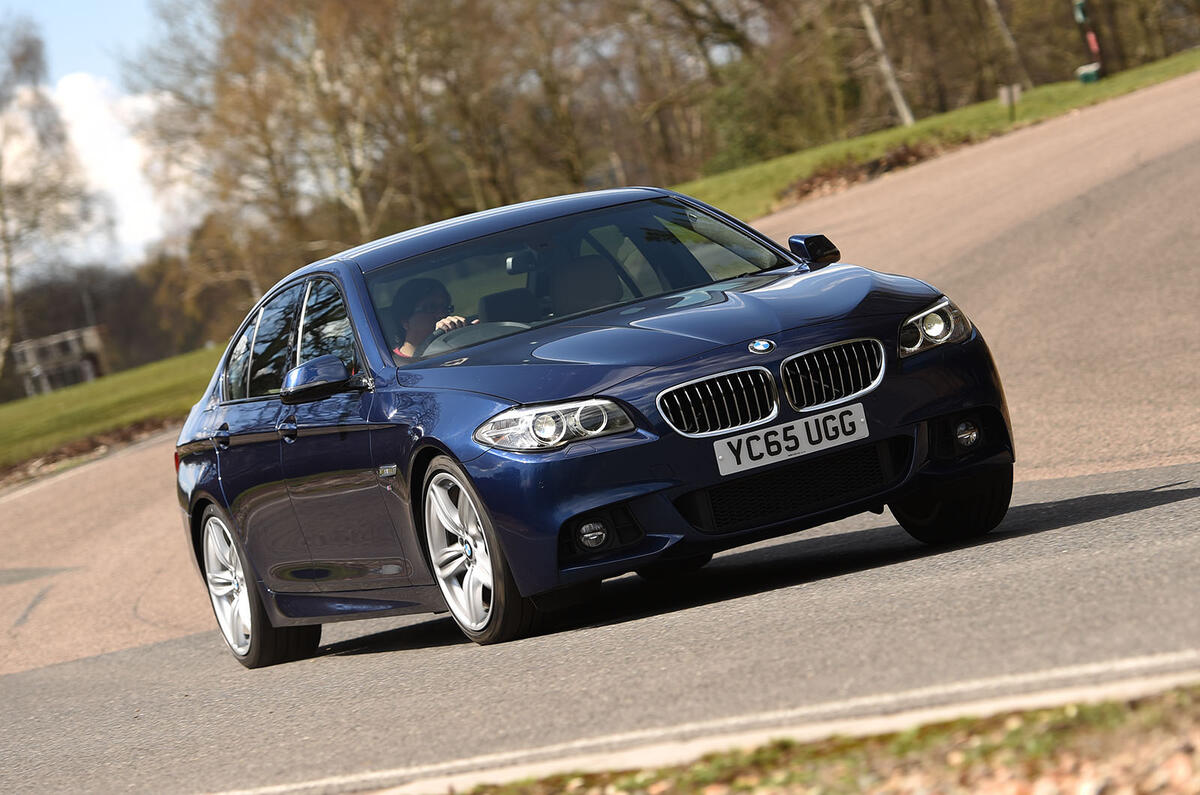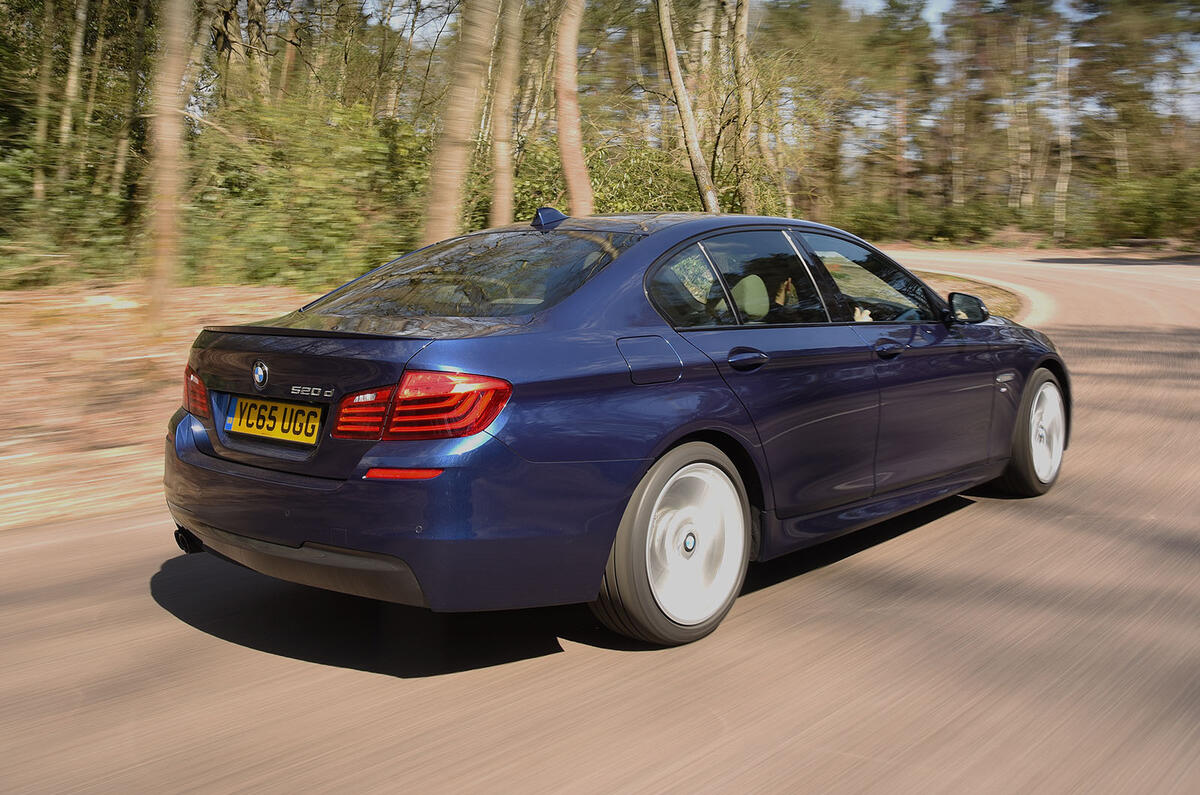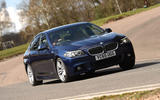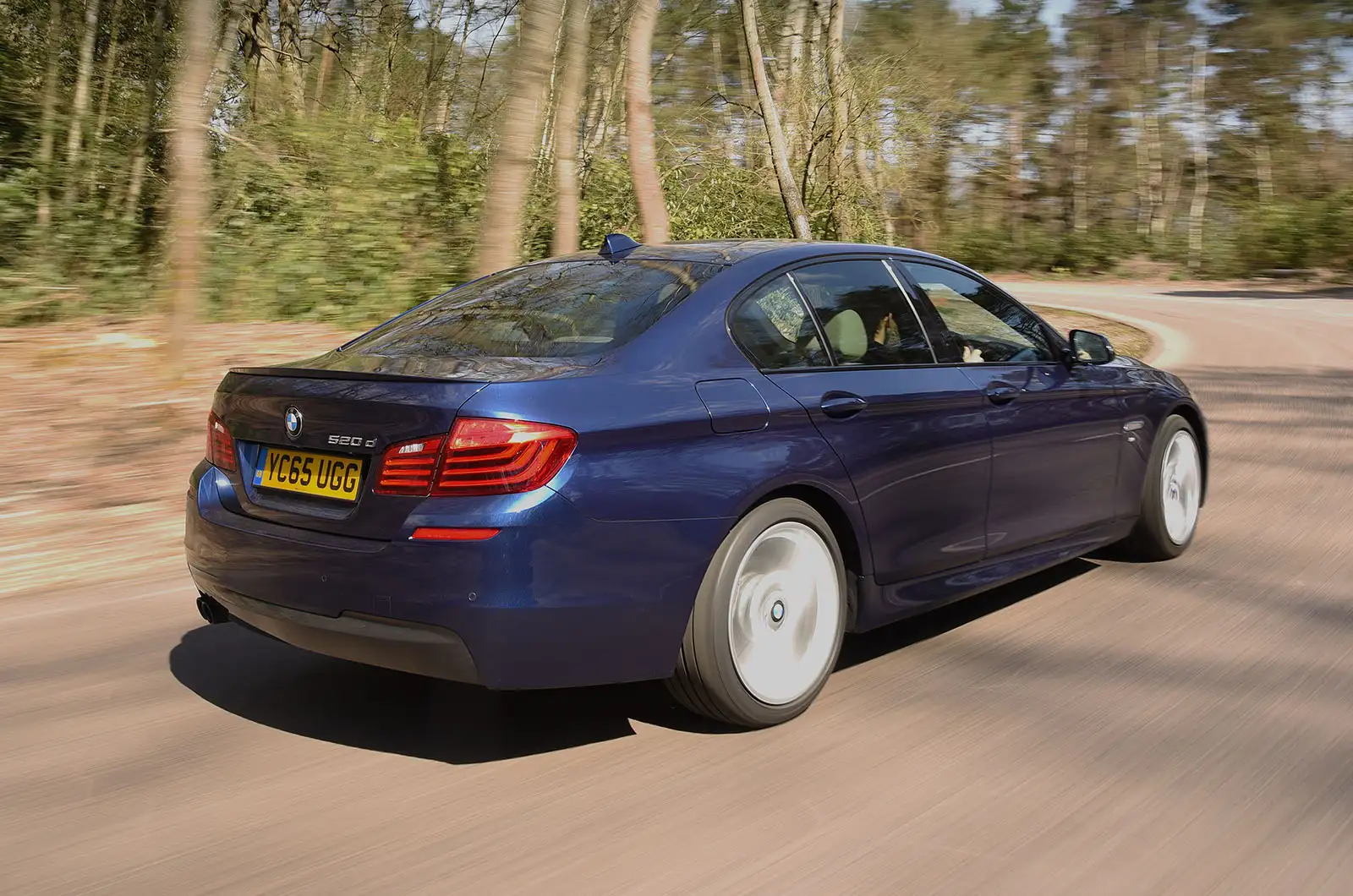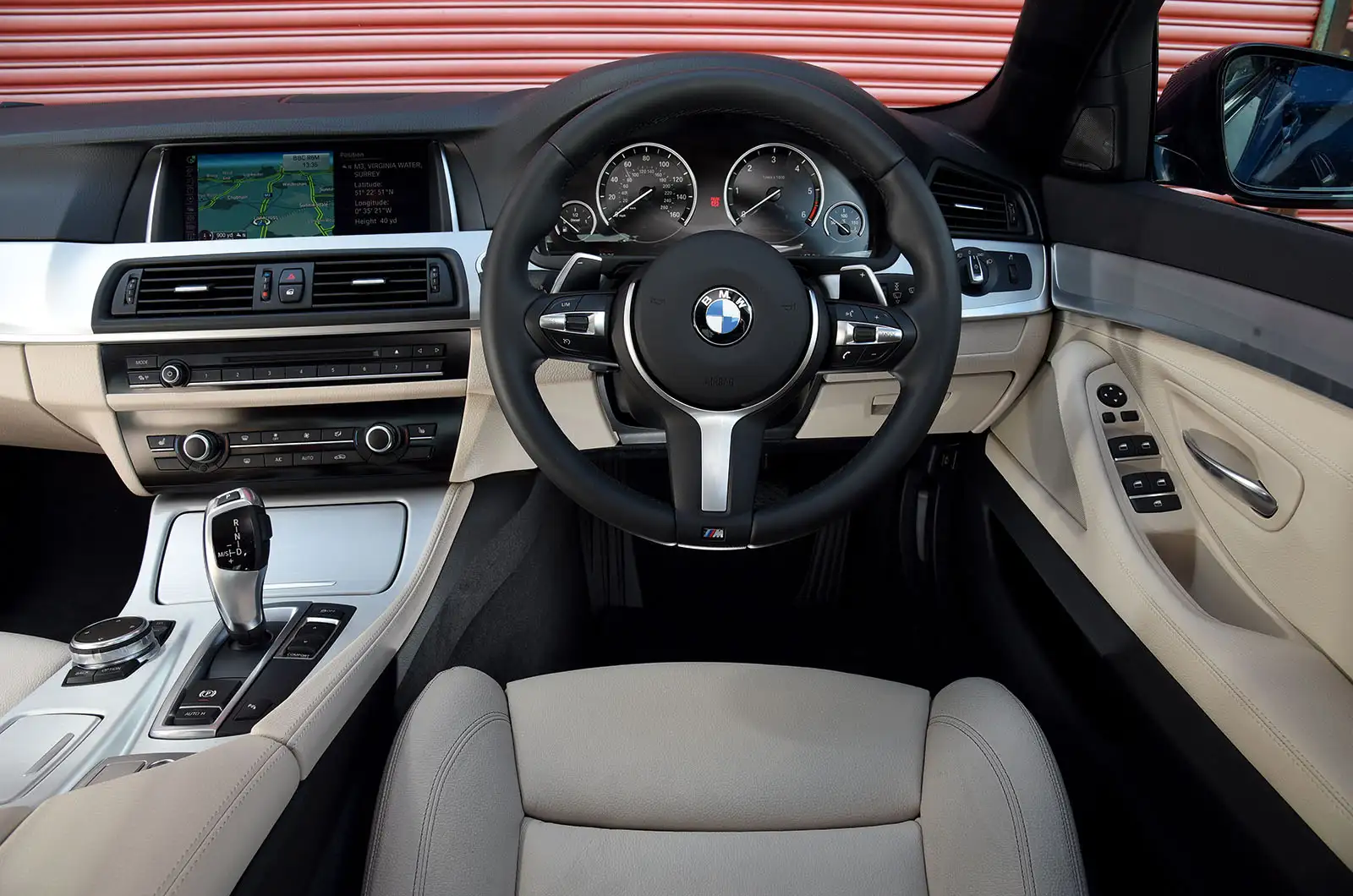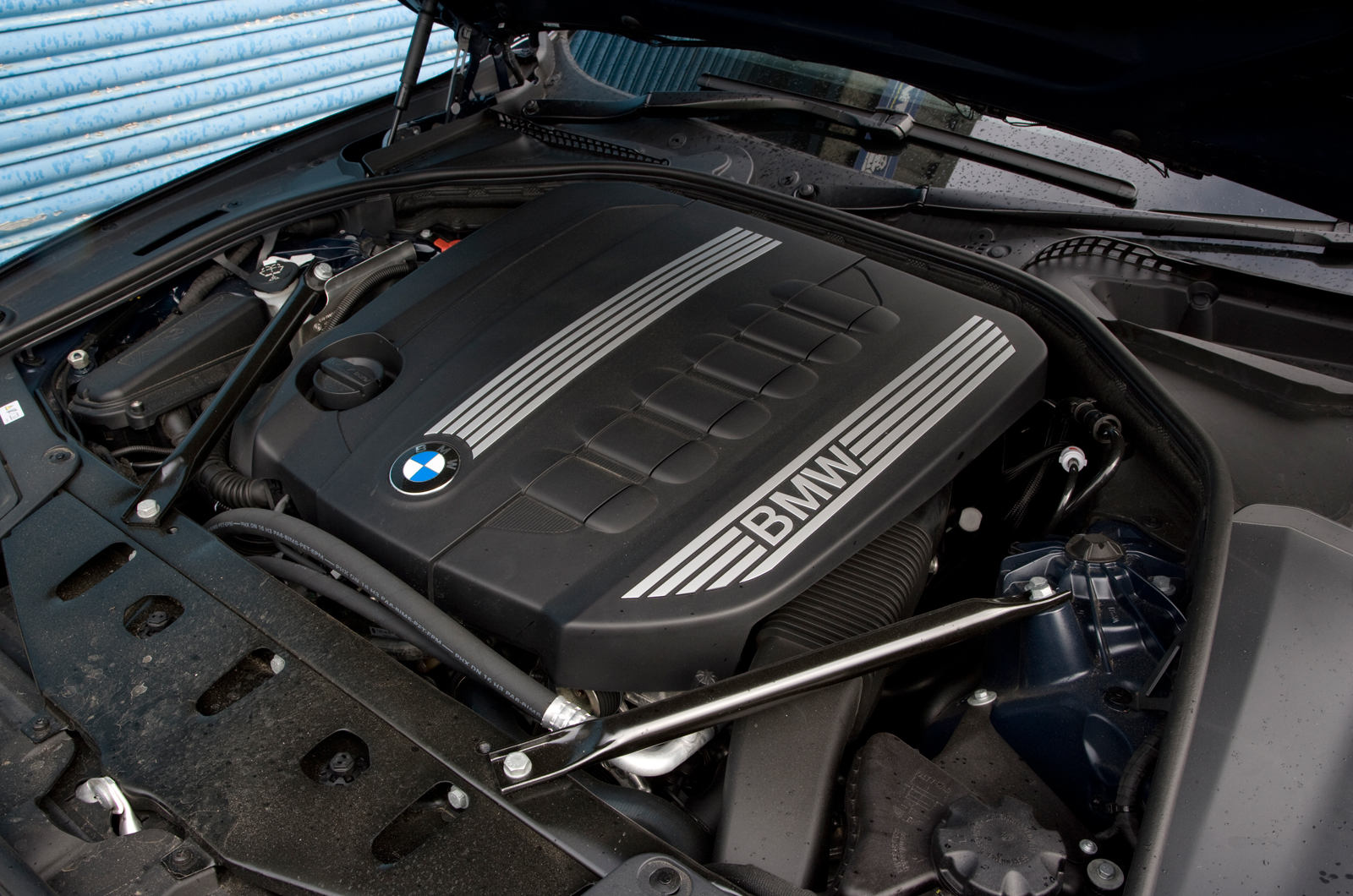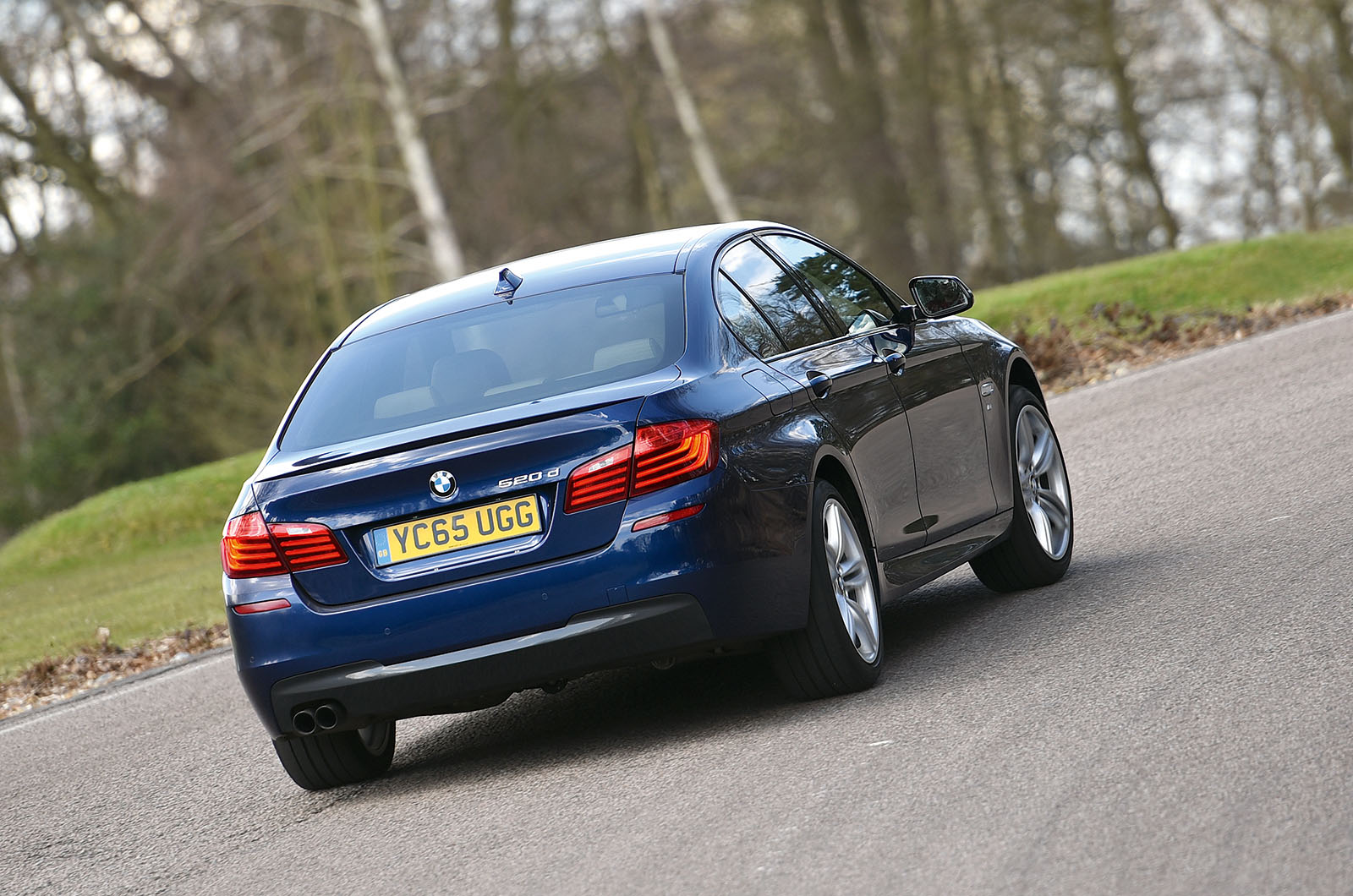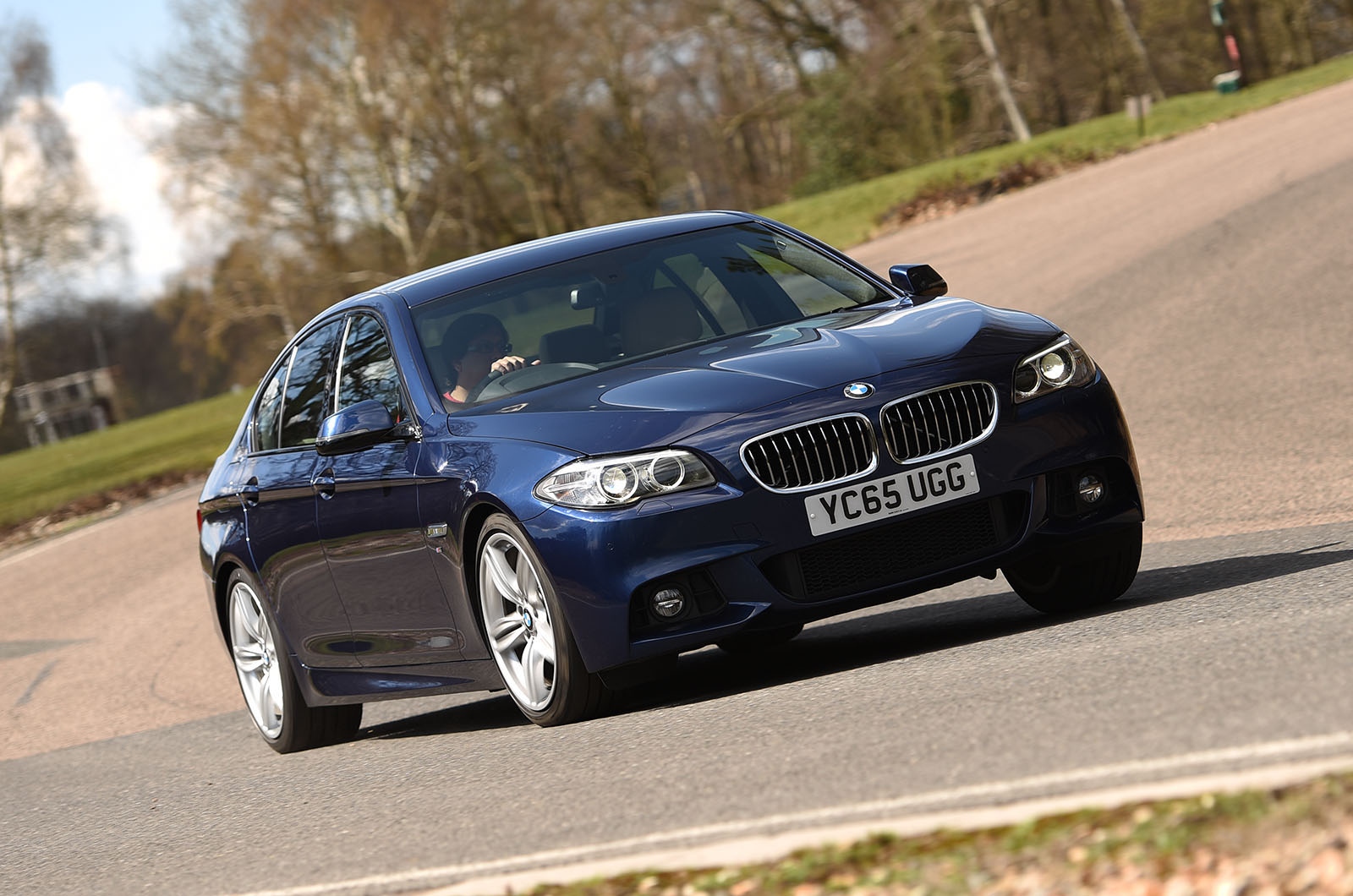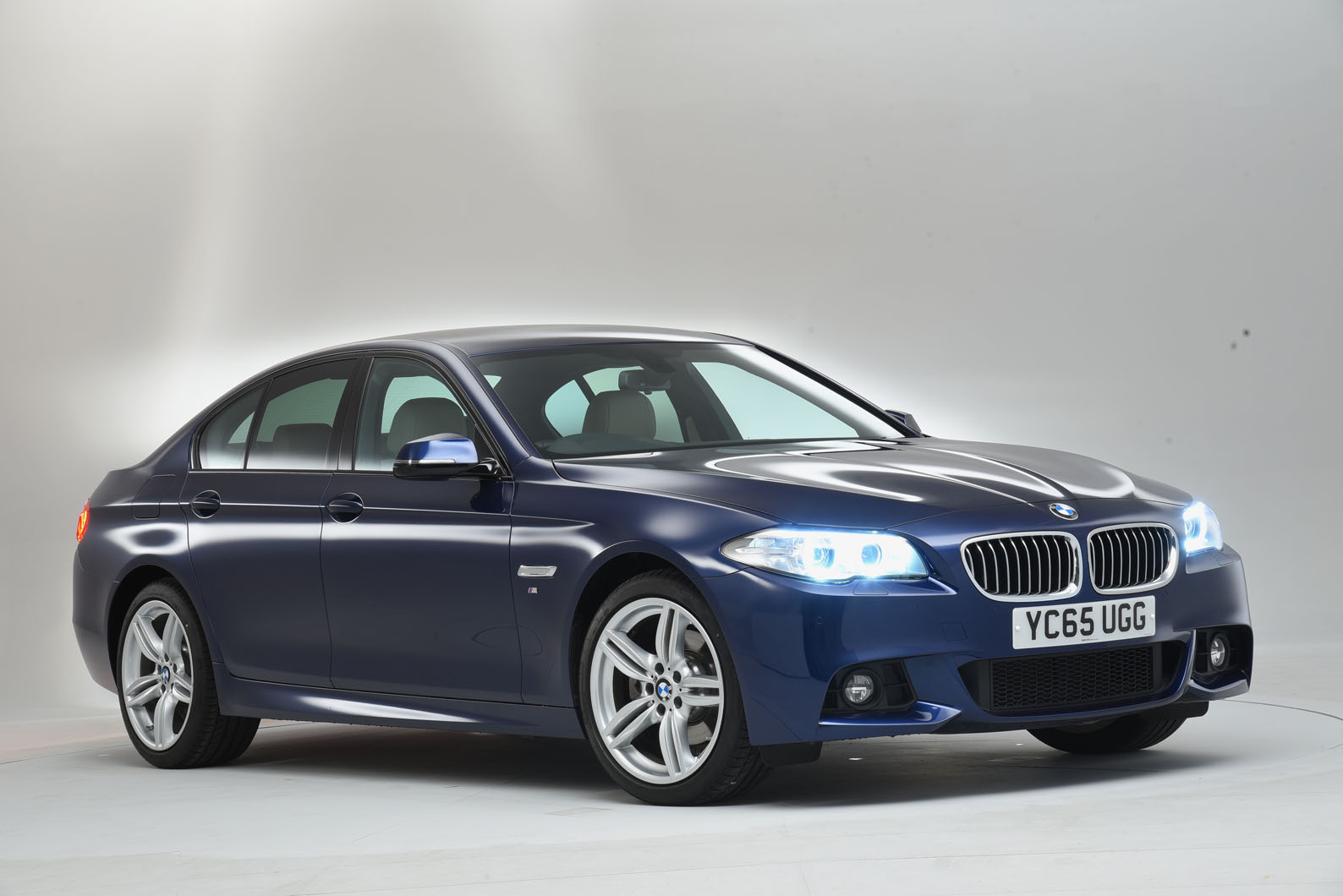The first BMW 5 Series was launched more than 50 years ago, so by the time this sixth-generation F10 saloon version of 2010-17 landed, Munich had the recipe just about right.
We liked this car for its performance and economy, quality cabin and refinement, but less so for its bland styling, below-par suspension and expensive options.
Even so, it sold well to ambitious executives, with the result that today the classifieds are stuffed with F10s at prices starting from £3000 for an early 520d with a starship mileage, rising to £19,000 for a late 535d with around 45,000 miles – not that diesel is the only choice.
The petrols didn’t sell anything like as well as the tax-efficient diesels, but there’s a wide selection of options ranging from 2.0-litre turbo fours and 3.0-litre sixes to the 4.4-litre V8 in the 550i (the V8 M5 is covered in a separate guide). Our testers were particularly enamoured by the 528i: its 2.0-litre turbocharged four-pot produces 242bhp, and the car can sprint from 0-62mph in 6.2sec.
Back to the diesels, and for good reason the undisputed best-seller was the 520d. It was great value new, powerful, refined (unless pushed too hard) and very economical. The version from 2014 with twin turbos (look for TwinPower Turbo on the engine cover) is the best.
There is a lower-powered 518d, but if you can afford it buy the 520d. Next up the range is the 530d, which does 0-62mph in just 5.8sec. The 535d blitzes it in 5.3sec, although we were more impressed by its real-world responsiveness.



